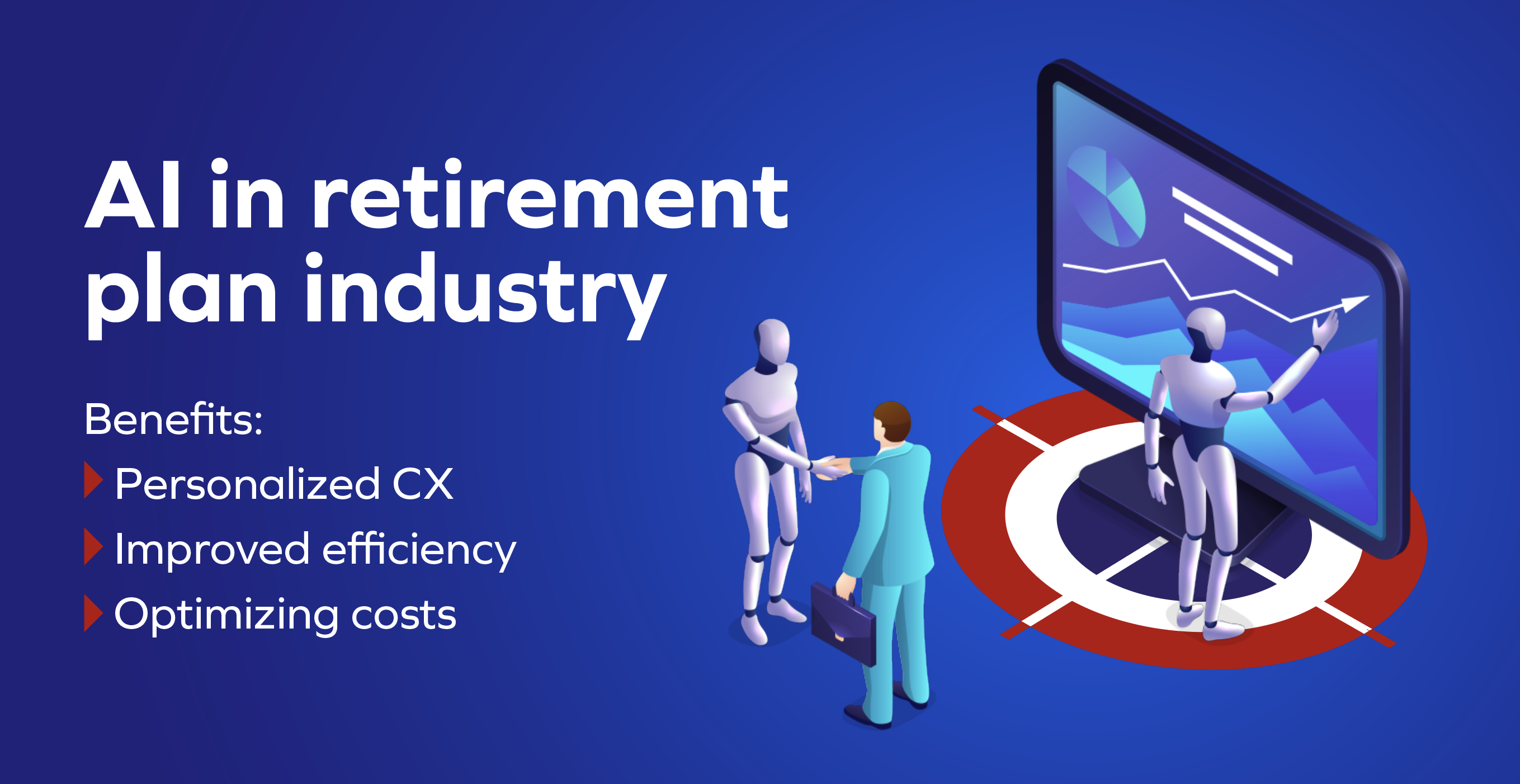
Exploring the applications of AI in the retirement planning industry — part four of Congruent’s series on technology trends shaping the retirement plan industry.
Recently, we brought together experts from across the spectrum of retirement planning services to discuss technology trends shaping the industry: Michelle Steele from OneAmerica, Jamie McInnes of Oculus Partners, Anu Mandava of CUNA Mutual Group and VC of Congruent. In this blog post, we focus on artificial intelligence and machine learning.
AI for personalizing customer experiences at scale
“The retirement plan industry is not designed for users to interact directly. It is designed more like a backend system, for which people are adding frontend elements,” says VC of Congruent. On the other hand, customers are expecting “ease of doing business in a very Amazon-like way,” adds Michelle. “To deliver this, you need to know who and where your customer is. And the handoff between various partners needs to be transparent.”
The retirement plan industry has a significant opportunity in leveraging AI/ML algorithms to process customer data. “Like retail industry is already doing, retirement service providers too can leverage external data from social media, cookies etc. to offer personalization,” says Jamie.
Take Tri-ad Health Savings Account’s Smart HSA, which enables participants to make smart investment choices —- ranging from savings recommendations based on the participant’s healthcare spending habits to year-end suggestions for funding and account enrollment.
Many traditional financial institutions are building their own robo-advisors to help their clientele in a quick and cost-effective manner. Intelligent CRM, targeted campaigns, omnichannel outreach etc. are but the beginning of a wide range of customer experience-related applications of AI/ML.
Improving process efficiencies in payroll
For large organizations that process employees’ retirement plans, the data and process burden begin right from the payroll processing system. Simple automation is not efficient for synchronized multi-level retirement planning.
Artificial intelligence can gather, cleanse, detect anomalies, store, and process huge volumes of data. This is what Congruent did with success using deep learning technologies. As VC explains: “The amount of time spent in manually making corrections in payroll data is huge. To prevent this, we looked at past data — with errors as well as the corrected data — to identify patterns. We built a deep learning model to make predictions. We have our first bot that can point out potential errors and corrective actions. This cuts down the turnaround process as well as the cost of processing.”
Optimizing costs with AI
Across payroll, plan administration, recordkeeping etc., there are thousands of processes that need to be performed on a regular basis. For instance, with increased dependence of defined contribution (DC) plans — many of them personalized to individual needs —- recordkeeping has become a 24*7 endeavor. The magnitude of data processed at such levels is often unstructured as forms, stock listings, emails, policy audits etc.
At the basic level, “the ability to read handwritten forms, allow those to be loaded on to/via a mobile app, automate adjudication etc. can offer significant cost savings for service providers,” says Jamie. “We can also leverage cognitive behavior of advance AI models to drive usability, efficiency, cost savings etc. at a deeper level,” VC adds.
How should service providers begin their AI journey?
“Start with a hypothesis. If you start with something critical, failure is not an option and it’ll set you back. So, start small,” recommends Anu. While the scope for applying AI is tremendous, the technology can also be overwhelming to operationalize. Starting small helps build on your successes and lessons.
